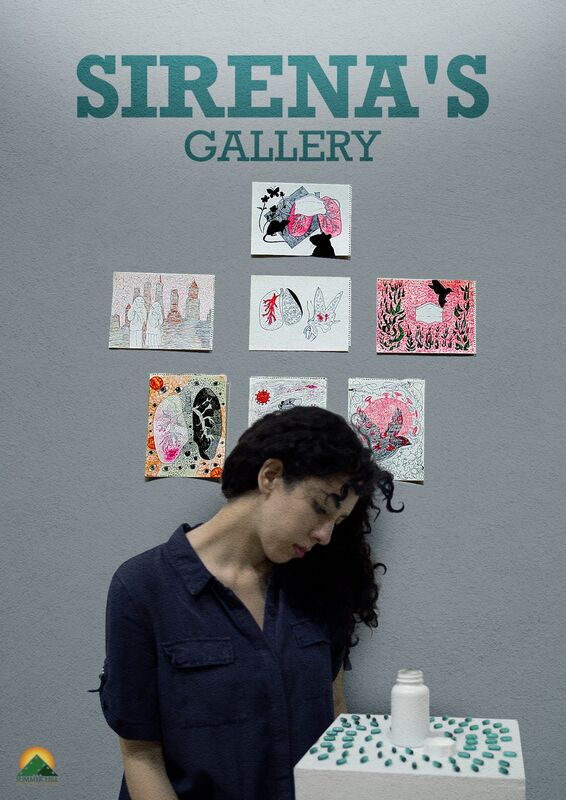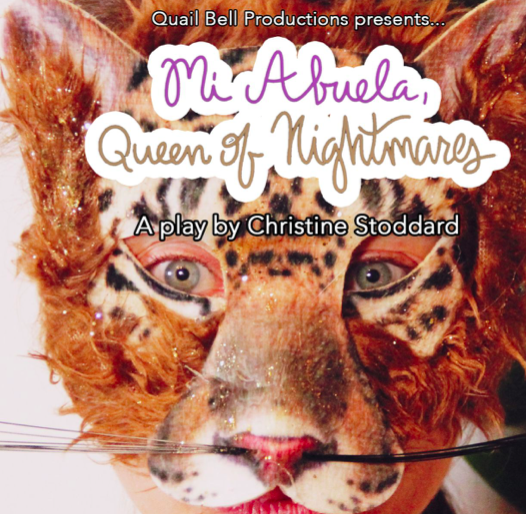|
The Breadcrumbs widget will appear here on the published site.
By Alex Carrigan
Fairytales have persisted throughout history due to their combination of morals and their applicability. The simplest stories can be transplanted to any culture or period of history and take on a new life when given a new lens to present its tale. It's fascinating to see how these stories have been translated and amended over the past few centuries, but as we enter the 20's, it's important to see where a lot of these stories can go beyond the Shrek treatment.
In a new anthology from Alternating Current Press, Remapping Wonderland: Classic Fairytales Retold by People of Color presents 30 fairytales from all over the world given new spins from 27 authors. These include familiar European fairytales like Cinderella, Sleeping Beauty, Beauty and the Beast, etc., as well as some tales that may not be as well known, such as Kupti and Imani, The Goose Girl, and Sun, Moon, and Talia. These stories interpret the tales in many different ways, whether its moving its setting to a different country, a different time period, or even in a completely different genre. Others will take elements of the original story and focus on another character's perspective or tell a completely original tale within its framework. The wide variety of tales in this collection makes it quite fascinating to see how each tale will be retold. Some of the more common pieces set the tale in a different country of origin to use elements of that culture in place of the original work, such as Suh Young Choi's "Gat-father Death" which takes the Godfather Death tale and sets it in Korea, using many Korean terms within the story of a doctor who has been given the ability to see if his patients will die by Death. "Dalia's Story" by Simone-Marie Feigenbaum takes the Sun, Moon, and Talia story which inspired Sleeping Beauty and sets it in Northern Africa to tell a story that rivals medieval legends. Probably the most fascinating example of this in the collection is Jayet Moon's standout piece "Dara and Noori," which not only tells the Beauty and the Beast tale in India, but rewrites it as a historical fiction piece set in the 17th century Mughal India. Moon uses the framework of the story to inform the reader of this period of history through historical footnotes while also influencing notable elements of the story with the time period, such as the Belle character, Noor, being othered for her Muslim faith, while the Beast character, Prince Dara Shikoh, is exiled and cursed due to the machinations of his siblings. Even some of the more modern retellings look to play with the details of the story in a way to spin a new story. The Rumpelstiltskin piece, Edwardo Peréz's "Joachim's Wish," has its protagonist not change due to wealth by the trickster (who is an old woman in this tale), but by becoming white and gaining advantages from that until the trickster comes to collect his child as payment. "Yzabella," the Cinderella retelling by Samantha Guzmán, is set in Spanish Harlem and the ball is replaced with an audition to be in a popular bachata singer's music video, and deals with racism within the Hispanic community, where part of Yzabella's abuse from her stepfamily is due to her having darker skin than them. However, it's in Mina Li's "The Things that Keep Us" where the retelling of the Little Mermaid shows how creatively enriching the use of modern updates to these classic tales can be. In this gender-flipped version, a merman comes to shore near a university in pursuit of a woman who shows no romantic interest in him despite the sacrifices he made to romance her. However, he soon finds kinship in another character, a Taiwanese-American student named Francesca, who is similarly muted due to the racism she faces from one of her professors. This spin on the tale plays with the heartbreaking elements of the Andersen original but adds extra dimension and depth to the characters, one where the challenges of communication can add to fascinating romantic chemistry and heartwarming moments. Remapping Wonderland has too many amazing stories to discuss in one review. Whether it's tales like Akila Rayapuraju's "A Breath of Innocence" and Arielle K. Jones' "The Hunter" for telling the stories from the perspective of other characters to show new dimensions to the original tale, or Azure Arther's "Candles in the Snow" and "Pipe Dreams" by Asia Nichols to take the modern retellings in new directions, Remapping Wonderland has plenty of contributions that add to the conversation of where fairytales can go in this decade. The collection is also aided by its bevy of illustrations that start and end each tale. The list of illustrators at the end of the book shows the wide range of art styles and visions that could create abstract and enchanting black and white artwork. However, it would have been nice to know who drew each picture since there are dozens of art contributions in the collection and no way to tell who contributed what. Remapping Wonderland is an incredible collection of modern fairytales and is a book worth keeping in one's literary collection. The ideas present show a wide range of creativity from its nearly 30 contributors, and many of the stories are worth introducing to readers of all ages. Granted, some of the stories do require a bit of discretion from the reader before sharing with younger readers, but for young readers who want to see their cultures reflected in classic fairytales with a keen eye towards the present, this is a collection worth checking out.
0 Comments
CommentsYour comment will be posted after it is approved.
Leave a Reply. |
AuthorWrite something about yourself. No need to be fancy, just an overview. Archives
March 2024
Categories
All
|



 RSS Feed
RSS Feed






